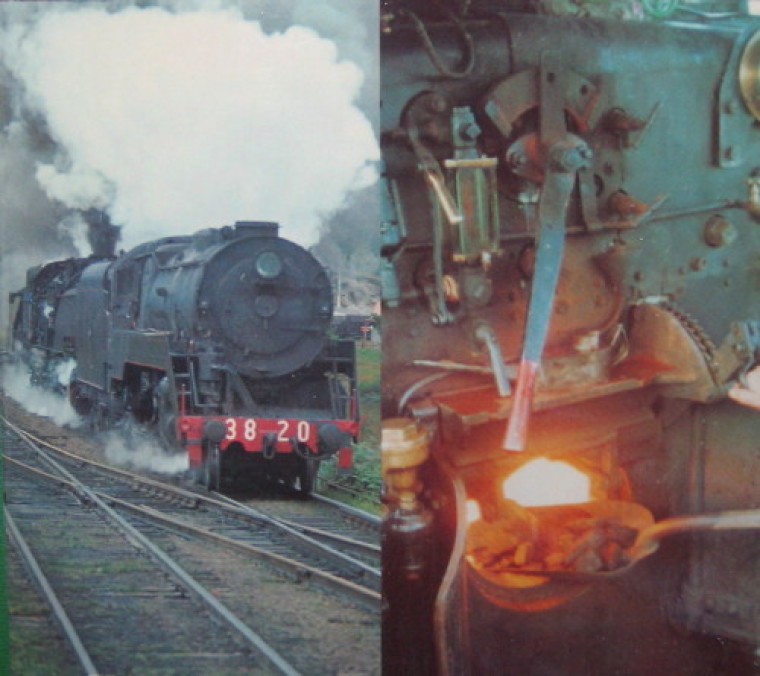
In the Footplate Padre's book 'Tales of the Footplate" in an article titled "Changing Era" on page 99 this particular driver recalled how he worked up the mountain with steam. Three engines would climb the mountain: the train engine, the assisting engine and the banker engine. The banker engine detached at Summit Tank, having helped push the train up the steeper grade. The Assisting engine would continue on and then come off at Robertson, leaving the train engine to take the load onto Goulburn.
At Robertson the assisting engine would return tender first to Summit Tank. In later years a turntable was placed at Summit Tank to turn engines. Until that time they tended first all the way back to Thirroul, on the northern end of the Illawarra. On cold nights it was chilly running tender first.
There were heavy loads to bring back down the mountain line to Unanderra and to function this each wagon had its hand brake wound on to at least half tension. This gave the engine's compressed air Westinghouse brake air brake system a chance to rebuild the pressure with the engine air pump. In addition, this procedure hardly altered even when the trucks had the IP slow release mechanism fitted.
The diesels on the mountain line
When the diesels came onto this mountain line, the loads increased and only one banker was required for the climb to Summit Tank. The assisting engine to Robertson was no longer needed. After six months of diesel running up and down the mountain, most drivers had forgotten what it was like to drive the steam engines down this mountain. So it was quite a shock for one particular driver who suddenly found himself having to drive a steam engine down the mountain.
He had been enjoying the diesel work and had not driven a steam engine for six month down the mountain. Having to drive a steam engine again was quite a test, as the assistance of the diesel's dynamic brake, an engine assisted slowing process, was such a dream after steam.
The driver said the trip down the mountain that day was the most fearful trip he had ever done. He was very tense, as was the fireman. Neither the driver nor fireman said a word for the entire descent. It was at that time he realised what they as loco crews had put up with for all those years – it was a good reminder how diesels had completely revolutionised railway working. Never, never would it be the same again!
The Footplate Padre says that this it is not so unlike when a person offers their life to Jesus Christ for Salvation with repentance. They inevitably take on a fresh world view, what was before had gone and has come is new and exciting, challenging and enthralling.
Dr Mark Tronson is a Baptist minister (retired) who served as the Australian cricket team chaplain for 17 years (2000 ret) and established Life After Cricket in 2001. He was recognised by the Olympic Ministry Medal in 2009 presented by Carl Lewis Olympian of the Century. He has written 24 books, and enjoys writing. He is married to Delma, with four adult children and grand-children.
Mark Tronson's archive of articles can be viewed at www.pressserviceinternational.org/mark-tronson.html